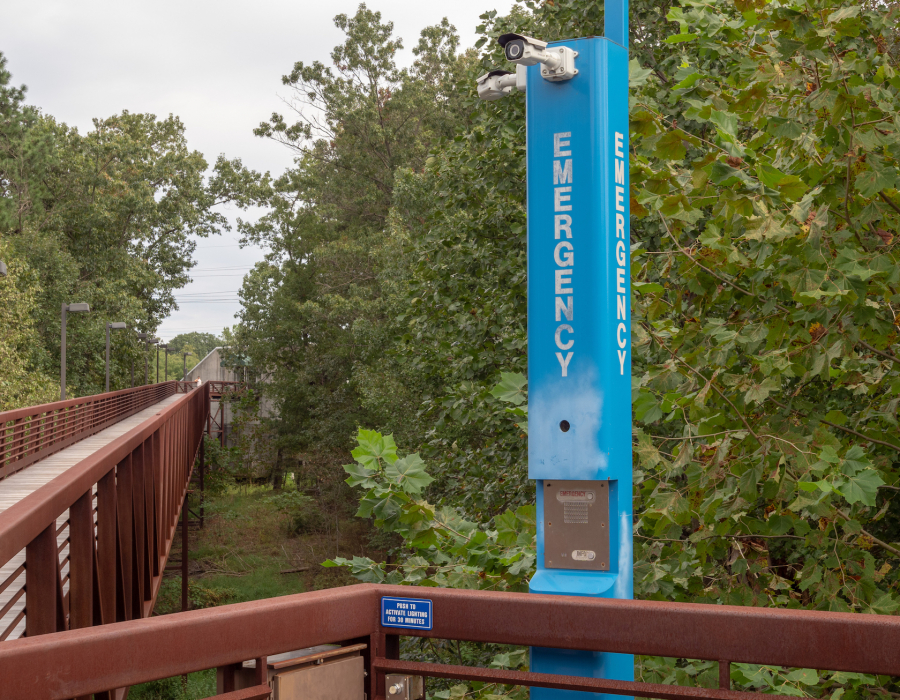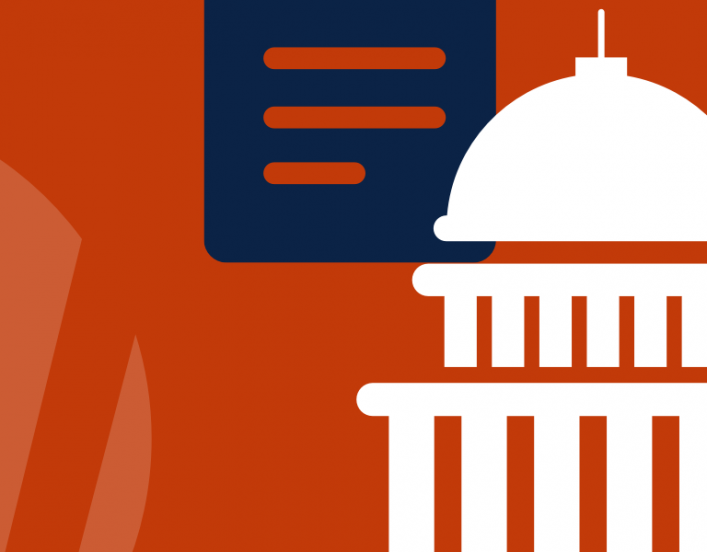An Underreported Problem: Campus Sexual Misconduct

The Problem with Reporting
Though many women experience harassment and assault on campus, they are often reluctant to notify officials because they worry they won’t be believed or might face retaliation. As a result, official reports vastly understate its occurrence.
Harassment and assault can cause long-lasting physical and psychological damage, hindering survivors from learning or continuing to attend their institutions. In the #MeToo era, reports have increased slightly at some schools. Yet many schools continue to make it difficult for students to come forward, and a majority fail to properly report incidents of sexual harassment and violence when they occur.
Yet in 2017, the U.S. Department of Education rescinded a number of sexual harassment protections under Title IX. AAUW regularly examines how schools and colleges report information about sexual harassment and violence. Every public school that receives federal funding and colleges and universities that participate in federal financial aid programs are required to report this information.
Our analysis found that a vast majority of these institutions do not disclose any reported incidents. Contributing factors can include: individual student fears of reporting to school authorities or law enforcement; procedural gaps in how institutions record or respond to incidents; a reluctance on the part of institutions to be associated with these programs; or a combination of factors. Regardless of the reasons, educational institutions have a legal responsibility to accurately monitor, disclose and respond to sexual harassment and assault.
- Despite numerous studies showing that rape is common on campuses, 89% of colleges and universities reported zero incidents of rape. AAUW’s analysis of 2016 data reported under the federal Jeanne Clery Disclosure of Campus Security Policy and Campus Crime Statistics Act (Clery Act), which requires colleges and universities who participate in federal financial aid programs to disclose campus crime statistics and security information, shows that the vast majority (89%) of 11,000 college and university campuses failed to disclose even a single reported incident of rape that year, even though there are numerous studies showing that campus rape is common.
- The AAUW analysis also found low rates overall of reports of sexual assault, including rape and fondling, domestic violence, dating violence and stalking. Altogether, 77% of campuses reported zero incidents of sexual assault, including rape and fondling, domestic violence, dating violence and stalking — a shocking statistic that speaks to the inadequacy of reporting structures rather than the frequency of the events.
Middle & High Schools Claim "Zero" Incidents
AAUW also analyzed 2015-16 data from the Department of Education’s Civil Rights Data Collection (CRDC) from 96,000 public and public charter P-12 educational institutions — including magnet schools, special education schools, alternative schools and juvenile justice facilities. It found that more than 3/4 (79%) of the 48,000 public schools with grades 7 through 12 disclosed zero reported allegations of harassment or bullying on the basis of sex. This more likely reflects the lack of reporting than it does the incidents of misconduct.
Related
Know Your Rights: Workplace Sexual Harassment

Know Your Rights: Sexual Harassment and Assault on Campus

Policy Recommendations: Campus Sexual Misconduct

